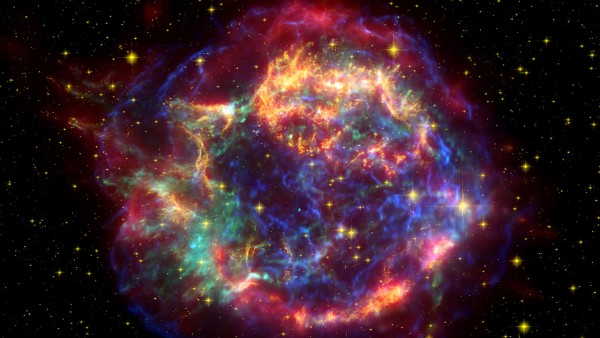Science
-

Feature: How the Amazon became a crucible of life
The western Amazon, which includes parts of Peru, Ecuador, Colombia, and northwestern Brazil, “is the most diverse region in the world in terms of plants,” says Christopher Dick, an evolutionary […]
-

Alzheimer’s disease tied to brain’s navigation network
The way you navigate a virtual maze may predict your chances of getting Alzheimer’s. That’s the conclusion of a new study, which finds that people at risk for Alzheimer’s have […]
-

Climate cycles didn’t shape ocean’s abyssal hills
Can Earth’s ice ages be seen in the undulating fabric of the sea floor? Earlier this year, a pair of papers suggested that long-term cycles of glaciation and melting trigger […]
-

Bedtime problems boost kids’ math performance
Yet if a school child’s parents replace a bedtime story with a math discussion even one night a week, the child’s math skill may improve markedly compared with peers who […]
-

Ancient tsunami heaved 700-ton boulders over island cliffs
An ancient landslide on an island volcano is providing a worrisome lesson about tsunamis, thanks to some geologic sleuthing. According to a new study in the Cape Verde archipelago, a […]
-

Why bison put their females in charge
Standing 2 meters tall and weighing as much as 1000 kilograms, European bison (Bison bonasus) are impressive animals. These cousins of the American bison—nearly driven to extinction in the last […]
-

The man who wants to beat back aging
On a blazingly hot morning this past June, a half-dozen scientists convened in a hotel conference room in suburban Maryland for the dress rehearsal of what they saw as a […]
-

How neutrinos saved your teeth from cavities
Every second, trillions of neutrinos born at the center of the sun shoot through your body. They don’t hurt you, because these ghostly elementary particles almost never interact with matter. […]
-

Extreme storms may threaten unexpected parts of the world
A new method of risk assessment finds even areas that haven’t been historical hurricane hotspots may have cause for concern. The technique—a model that takes into account the physics of […]
